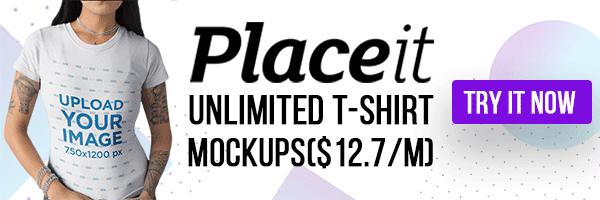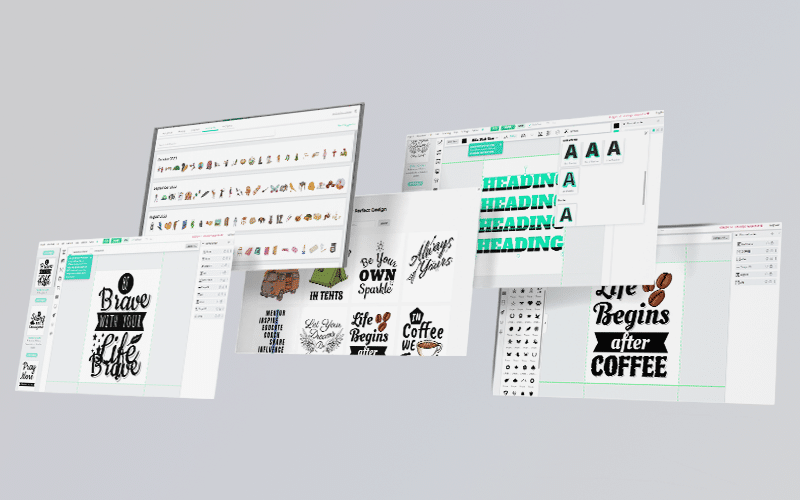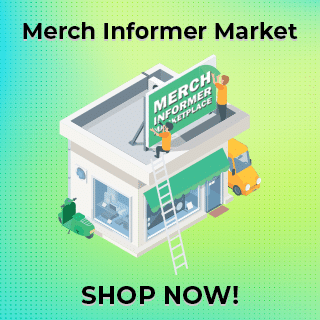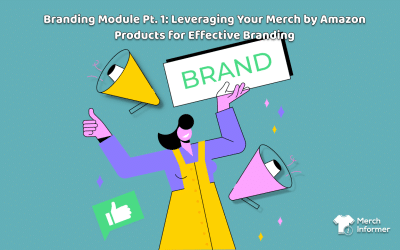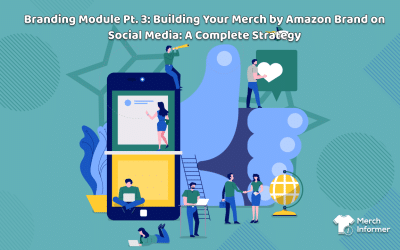Branding Module Pt. 2: Maximizing Your Brand Impact on Merch by Amazon Listing and Brand Pages
In our previous essay, we talked about your product as the brand. While this ultimately helps identify your product as yours when seen by itself, the container should complement, if not match, the contents. You could make the best damn baked beans in the world, but if the can is a generic white with the word “BEANS” printed in blue Helvetica, all it will do is force the customer to reach over for that can of Heinz’s.
Your containers are a) your brand page and b) your product listings. How you design and write them is as much a part of your brand as the products they promote.
THINKING INSIDE THE BOX
“The enemy of art is the absence of limitations”
Orson Welles*
The actual elements of Amazon’s brand and listing pages are relatively limited, but as The Great One said above, it is the imposition of these constraints that force us to be creative.
Coloring outside the lines or straying outside the confines of the box are definitely creative approaches, but that level of creative thought does not apply here. We are applying art to sell product. That is traditionally known as “commercial art”, or incorporating design that appeals to a buyer. This differs from “fine art” in that commercial art is application of a skill and fine art is an incredibly risky endeavor in a business that doesn’t really have a business model.
Let’s have a look at the lines around the box then. Here are the customizable areas of the product and listing pages:
- Product Images: These are your brand ambassadors. They should be shouting from the rooftops about the quality and uniqueness of your products. The right image can turn a casual browser into a loyal customer.
The resolution here is crucial. We’re talking about crisp, clear images that could make a food blogger weep. You want your customers to feel like they can reach out and touch your products.
- Brand Logo Placement: Your logo is your brand’s signature. It’s not just about slapping it on; it’s about integrating it into your design in a way that enhances, not detracts.
Your logo and banner need to be sharp and in high resolution. This isn’t a grainy photo from a 2005 flip phone; this is the digital age, and clarity is king.
- Featured Banner Image: Think of this as the billboard for your brand. It’s the first thing customers see on your brand page, and it sets the tone for everything else.
“CLEANUP ON PROJECT ARROWHEAD…”
We touched on some of these do’s and don’t when discussing the product as brand. The importance of this in brand and listing pages is of equal and sometimes more importance.
Zoom out from the can of baked beans to the grocery store itself. You could make the best damn beans and have an award-winning package design, but if the store resembles the one from The Mist after the Lovecraftian extra-dimensional monsters splattered the place with goo and blood and body parts, your prospective customer will just keep driving until the find a store absent of giant spiders with human skulls.
- Do’s:
- Consistency is Your Best Friend: Your products should all look like they belong to the same family. This isn’t a family reunion of distant relatives; this is a tight-knit crew.
- Quality Over Quantity: Every image, every design speaks volumes. Make each one count.
- Don’ts:
- Avoid Clutter: A cluttered design is like a crowded subway at rush hour – overwhelming and unappealing.
- Stay Away from Inconsistency: Mixed messages in your branding are like a bad plot twist – they just don’t make sense and leave everyone feeling confused.
SPEAKING FOR PRODUCTS THAT SPEAK FOR THEMSELVES
Again, we’re singling out the non-creatives here, or even creatives who are better at visuals than the written word.
Most marketing blogs tend to focus on the SEO portion of product listings. Although that is important, blind allegiance to SEO can lead to keyword stuffing, which sets your organic listing effectiveness backward, or worse, a boring listing that says nothing about your product itself. Congratulations, your SEO got them to your listing. Your bulleted keywords bounced them out.
Your product descriptions are your voice, and it needs to be compelling and authentic. Ever see one of those product listings in impossibly cheap Chinese ecommerce stores (I’m looking at you, Temu)? Then you know what bad listing text looks like. Write your product listings like they’re love letters to the product. Don’t write them like you used the first output from Google translate.
- Infusing Your Brand Voice: Whether your brand is quirky, sophisticated, or edgy, let that shine through in your descriptions. It’s like telling a short story that captivates and intrigues.
- Techniques for Engaging Descriptions: Use language that paints a picture, tells a story, and engages the senses. Your descriptions should be as compelling as the climax of a great novel.
- Aligning Listings with Brand Identity: Each listing should be a chapter in your brand’s story. They should all flow together, creating a narrative that captivates and engages.
- Successful Brand Case Studies: Take inspiration from those who’ve nailed it. How do they use their MBA platform to create a cohesive and memorable brand experience? What lessons can you apply to your own brand?
Tools and Resources for Effective Branding
Equip yourself with the right tools for the job.
- Image Editing and Design Tools: Utilize tools like Adobe Photoshop or the Merch Informer Studio to create visually stunning designs that resonate with your target audience.
- Learning Resources: Continuously educate yourself on branding and design trends. The digital landscape is ever-evolving, and staying ahead of the curve is key to keeping your brand relevant.
Your brand is your story, your signature, your mark. It’s what sets you apart from the crowd and captures the hearts (and wallets) of your customers. Utilize these strategies to make your brand not just visible, but unforgettable. Be bold, be creative, and most importantly, be true to your brand’s essence.
What tricks have you learned about branding your pages and listings? What worked, what didn’t, what got you sales, what got you banned? Drop your stories, questions, or even a humble brag – let’s make this a conversation, not a monologue.

